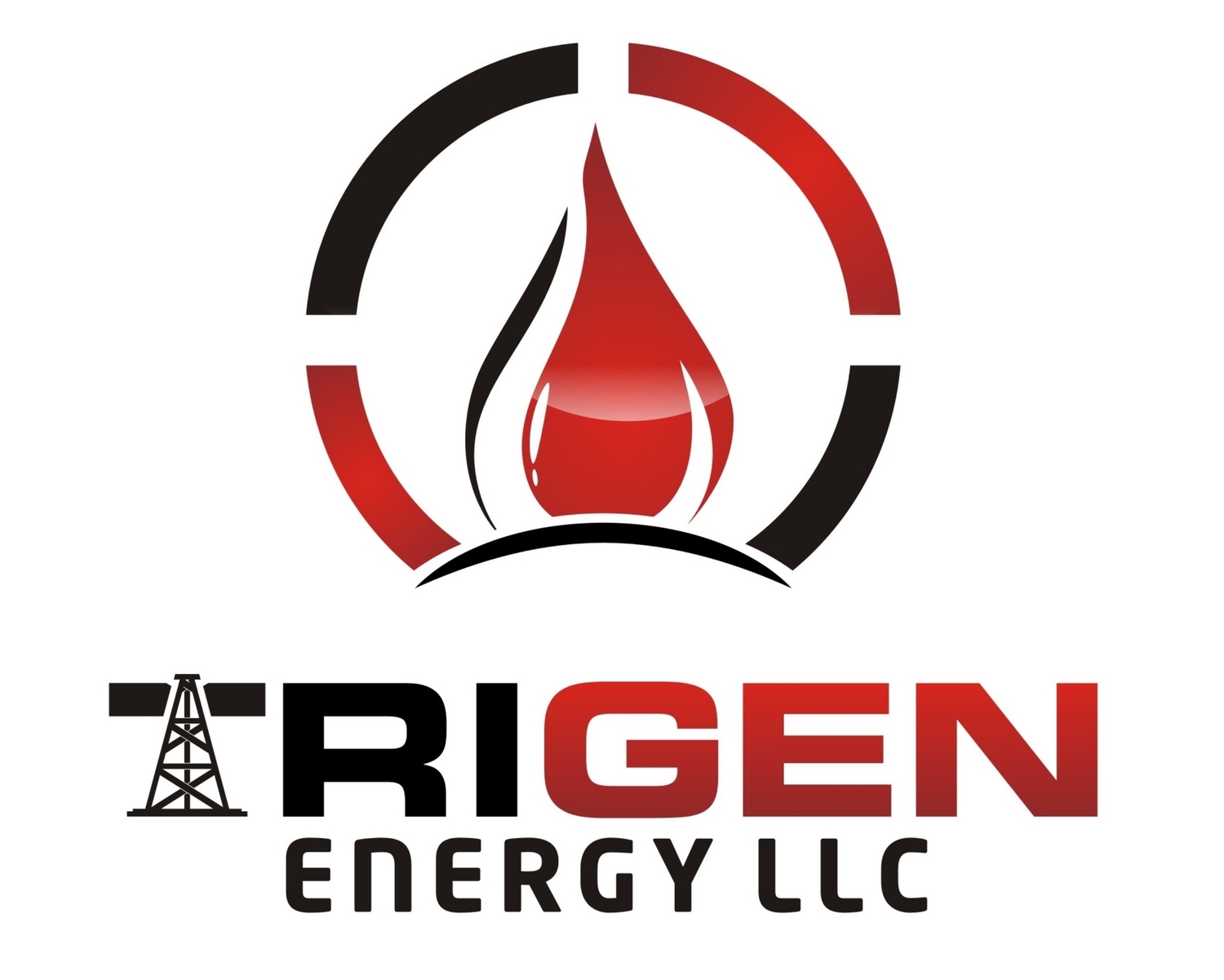Carbon Dioxide (CO2) Plume Planning
Carbon capture and storage (CCS) involves capturing carbon dioxide and storing it deep underground in porous rock formations. Selecting an ideal site for a CCS project involves a variety of considerations, including accurately forecasting the CO2 “plume”—how much of an aerial expanse CO2 will occupy after being injected into the ground.
Planning for the Plume Effect
As ethanol plants and other large producers of carbon dioxide look for ways to control emissions and qualify for tax credits, CCS has emerged as a viable solution. Success with CCS requires adequate plume planning due to physical laws of the universe that control how carbon dioxide behave in the subsurface. As carbon dioxide moves from the injection site into neighboring landowners' pore space, pore space usage rights must be considered. Landowners expect to be made aware of and appropriately compensated for carbon dioxide that moves into and occupies their pore space.
Forecasting a plume’s volume and aerial expanse depends on two important metrics:
● Amount of carbon dioxide to be stored
● Time, typically measured in years or decades
With the help of three-dimensional geostatistical models and computer simulation methodologies that have been developed over many decades based on vast knowledge gained from injecting substances into the earth to improve or enhance oil production around the globe, reservoir geologists and engineers can use anticipated volumes and time-based data to forecast plume growth and evaluate potential injection sites.
CO2 Plume Planning: Other Considerations
In addition to analyzing future plume size and growth, CCS project planners usually consider numerous other factors when siting injection and monitoring well locations, such as:
Natural features, including wetlands, rivers, lakes, streams, and mountains.
Existing infrastructure, such as oil pipelines, roads, and man-made structures.
Nearby property owners, including farmers, homeowners, businesses, real estate trusts, etc.
Failing to gain buy-in from an adequate percentage of landowners within the projected plume radius can quickly end a CCS project. That’s why strategic analysis is key when determining the injection site.
At Trigen Energy, we’re experienced in helping CCS project developers with plume planning. As land professionals backed by geological expertise, we’re able to support clients in a way that considers factors above and below the earth’s surface.
Contact us to learn more about our services for CCS projects.

